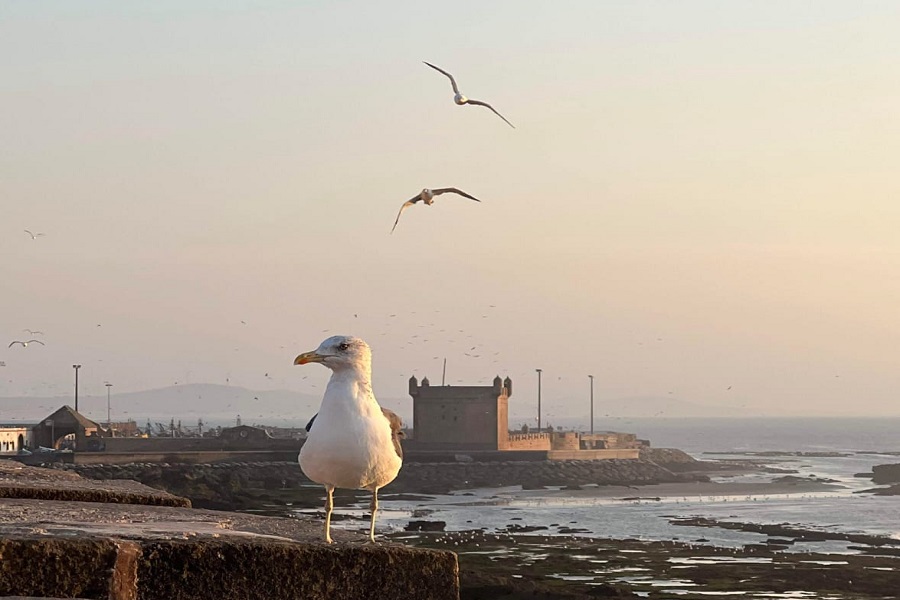Morocco Imperial Cities
Morocco’s imperial cities—Marrakech, Fez, Meknes, and Rabat—offer a fascinating glimpse into the country’s rich history and vibrant culture. Each city, once the capital of a ruling dynasty, boasts unique architectural wonders, bustling markets, and historical landmarks. A tour of these imperial cities provides a deep dive into Morocco’s past and present, offering diverse experiences ranging from ancient medinas to modern urban life.




Marrakech: The Red City
Highlights:
- Jemaa el-Fnaa: This bustling square is the heart of Marrakech, known for its lively atmosphere, street performers, and myriad food stalls.
- Koutoubia Mosque: The largest mosque in Marrakech, renowned for its stunning minaret, which is a key landmark of the city.
- Bahia Palace: A beautiful 19th-century palace with exquisite gardens and intricate architecture.
- Saadian Tombs: These royal tombs date back to the Saadian dynasty, showcasing ornate carvings and beautiful tile work.
- Majorelle Garden: A tranquil garden designed by French painter Jacques Majorelle and later restored by Yves Saint Laurent.
Activities:
- Explore the bustling souks (markets) for traditional crafts, spices, and textiles.
- Enjoy a traditional Moroccan hammam (bathhouse) experience.
- Savor Moroccan cuisine in a local riad (traditional house).
Fez: The Spiritual and Cultural Heart
Highlights:
- Medina of Fez (Fes el-Bali): A UNESCO World Heritage site, this ancient medina is a maze of narrow alleys, historical sites, and vibrant markets.
- Al Quaraouiyine University: Founded in 859, it is one of the oldest continuously operating universities in the world.
- Bou Inania Madrasa: A 14th-century religious school known for its stunning architecture and intricate tilework.
- Chouara Tannery: One of the oldest tanneries in Fez, offering a glimpse into traditional leather-making processes.
Activities:
- Wander through the bustling markets and workshops of the medina.
- Visit the Mellah (Jewish Quarter) and the historic synagogues.
- Experience traditional Moroccan music and performances.
Meknes: The Versailles of Morocco
Highlights:
- Bab Mansour Gate: An impressive and ornate gate, considered one of the finest examples of Moroccan architecture.
- Heri es-Souani: These royal granaries and stables showcase the grandeur of Sultan Moulay Ismail’s reign.
- Moulay Ismail Mausoleum: The final resting place of Sultan Moulay Ismail, a revered figure in Moroccan history.
- Volubilis: Nearby Roman ruins that are a UNESCO World Heritage site, offering a fascinating insight into ancient Roman life in North Africa.
Activities:
- Explore the historic medina and its vibrant souks.
- Visit the Dar Jamai Museum to learn about Moroccan arts and crafts.
- Take a day trip to the Roman ruins of Volubilis.
Rabat: The Modern Capital with Historical Roots
Highlights:
- Hassan Tower: An incomplete minaret of a grand mosque, surrounded by the remains of the mosque and offering views over Rabat.
- Mausoleum of Mohammed V: A stunning mausoleum housing the tombs of King Mohammed V and his sons.
- Kasbah of the Udayas: A picturesque kasbah with narrow streets, white-and-blue houses, and beautiful gardens.
- Royal Palace: The official residence of the King of Morocco, although not open to the public, it can be admired from the outside.
Activities:
- Stroll through the medina and explore its shops and cafes.
- Visit the modern and contemporary art museums.
- Enjoy a walk along the scenic Bouregreg River.
Tours of Morocco’s imperial cities offer an enriching journey through the country’s history, culture, and architectural marvels. Each city presents a unique narrative, from the bustling markets of Marrakech and the spiritual ambiance of Fez to the historical grandeur of Meknes and the modern charm of Rabat. Whether you’re interested in exploring ancient medinas, admiring stunning palaces, or immersing yourself in local traditions, the imperial cities of Morocco provide an unforgettable travel experience.

